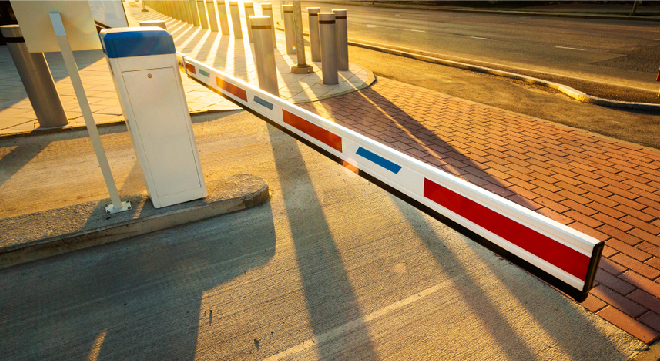What does “access control” mean for the purposes of an insurance policy? The answer to this question was at the heart of a complaint that came before the Ombudsman for Short-term Insurance (Osti).
The Osti overturned an insurer’s decision to reject a claim for a vehicle stolen from a business park, the latest “Ombudsman’s Briefcase” reports.
Background
The vehicle was stolen from an access-controlled business park. The vehicle was recovered, but it had been stripped of all its major mechanical components.
The assessor reported that:
- He was easily granted access to the business park.
- The security guards did not require him to provide any of his details, or to complete a visitor’s register.
- The security guards were hired by the owner of the business park, not by the insured.
The insurer rejected the claim because:
- The insured had failed to comply with an endorsement in the policy schedule that related to access control.
- The insured had failed to take reasonable precautions to prevent the loss.
Submissions by the insurer and the insured
When the complaint came before the Osti, the insurer and the insured provided different definitions of the term “access control”.
The insurer also argued that:
- The endorsement in the policy schedule placed an obligation on the insured to be responsible for the access control at the risk address. It submitted that the insured did not comply with the endorsement and, therefore, the policy did not have to respond.
- By leaving the vehicle exposed outside, the insured did not safeguard the property according to the standard of due care required by the policy.
According to insured:
- Access control was never stipulated as a policy requirement or a condition of the cover. If the insurer required a specific type of access control, this should have been stated in the policy.
- The security measures that were in place when the assessor visited its business premises were the same as those disclosed to the insurer when the policy was underwritten.
The insured also challenged the insurer’s reliance on the prevention of loss clause, because it was not unusual for vehicles to be parked outside its office, within the secured business park.
What the Osti found
The Osti said the policy must be interpreted by endeavouring to ascertain the intention of the parties as expressed by the language used in the contract.
The extent to which the insurer’s liability is limited must be clearly spelled out, and any provision that purports to limit the insurer’s obligation to indemnify must be restrictively interpreted.
If there is any ambiguity, the contra proferentem rule applies – the decision must be made against the party that drafted the contract.
The definition of “access control” and the requirements or standards on which the insurer relied were not stipulated in the policy documents. The definition of “access control” had many facets, which the insurer ignored in favour of the definition that best suited its stance.
The policy did not oblige the insured to provide access control. The access control endorsement in the policy schedule was, in fact, a reflection of what the insured disclosed as the security on the premises where the vehicles were kept: a “secure office park with palisade and electric fending, 24-hour guards, access control, burglar bars, security gates”.
The insurer’s assessor confirmed that these security measures were in place. To this extent, the insured premises were sufficiently secured.
In raising the “prevention of loss” clause, the burden was on the insurer to prove that the insured’s conduct was reckless: the insured foresaw the loss, reconciled itself with such loss and continued with its actions. The insurer had not met this burden of proof.
A provisional ruling was made in favour of the settlement of the claim, and the insurer agreed to abide by the ruling.



